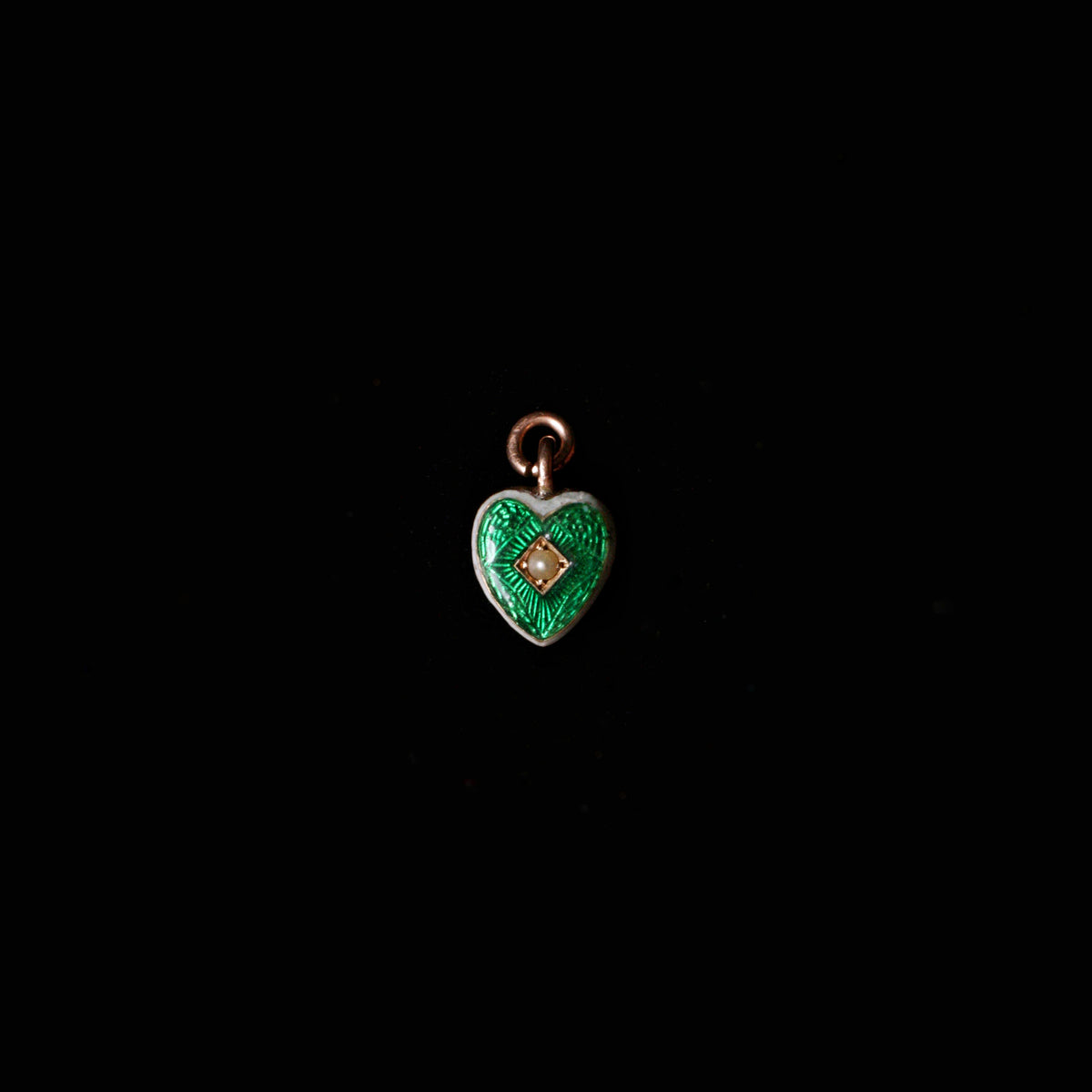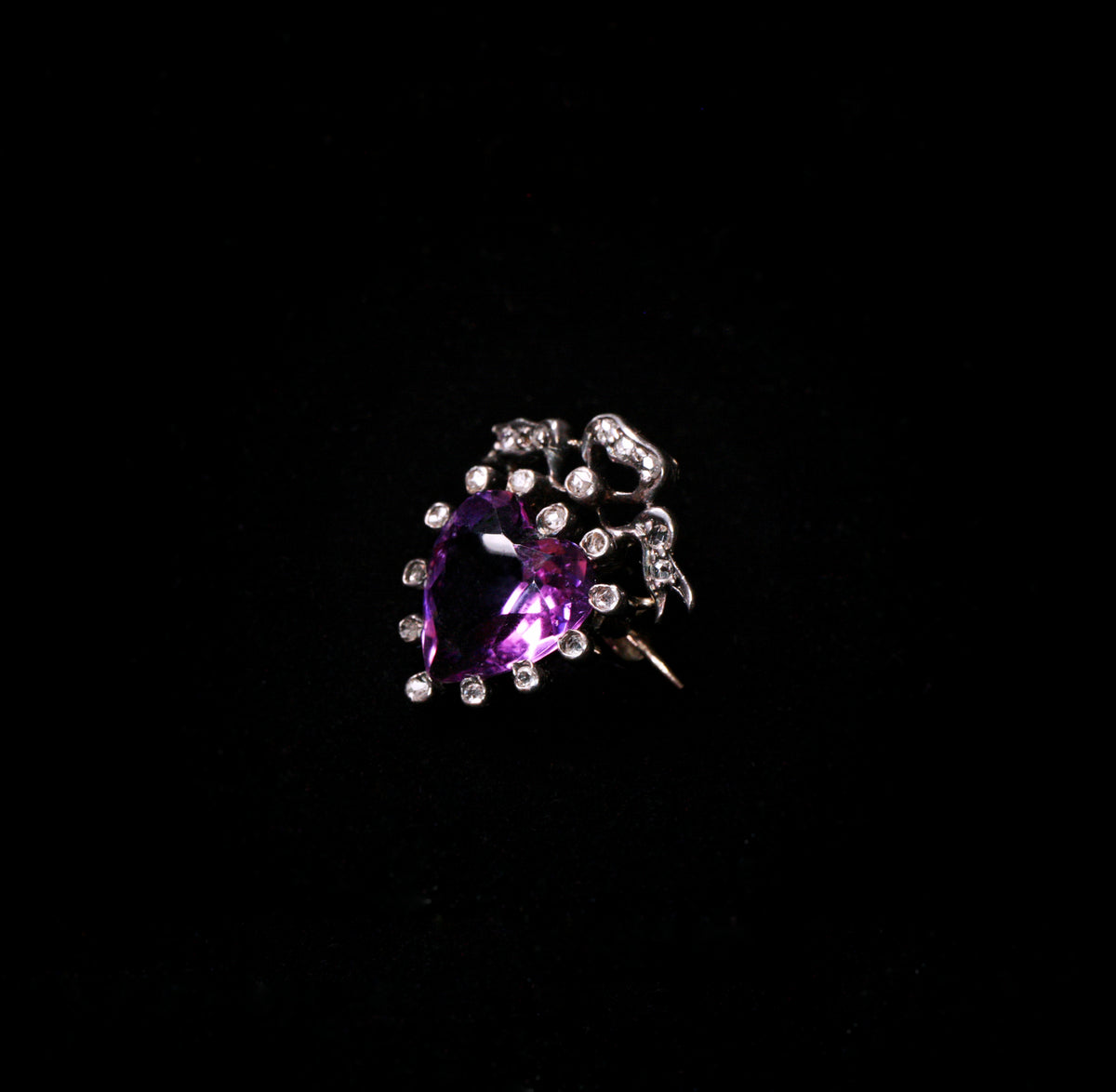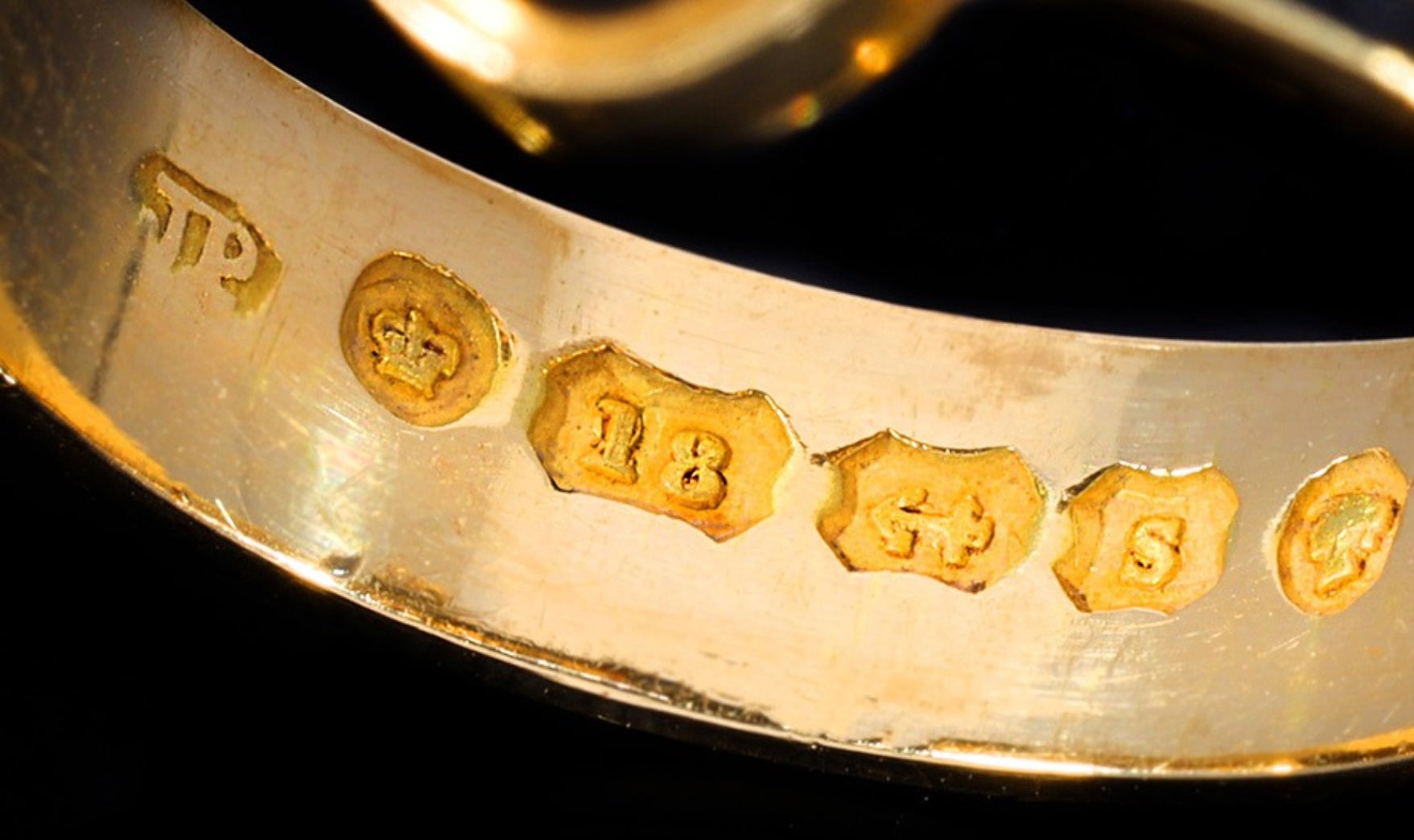Introduction: Understanding Jewellery Hallmarks
Hallmarks are an important part of identifying antique jewellery. Hidden in small stamps on the metal are the marks of origin, quality, and history. In the United Kingdom, the earliest forms of hallmarks date back to the 13th century. Their initial function was to certify the purity of silver and gold, and perhaps identify the maker. For collectors, the ability to read and interpret these marks is essential, as hallmarks provide a strong starting point to identifying a piece's authenticity and age.
Historical Origins
The practice of hallmarking in the UK began in the late 13th century. The mark introduced in 1300 was a leopard's head, for both silver and gold. It could be struck on silver the purity of coinage or higher, and for gold of the touch of Paris or better (19.2 carat gold). Often, a maker's mark was added—symbols, not letters, as literacy was not yet widespread.
Important changes were made in 1478. Pieces would have to be taken to the Goldsmiths' Hall to be marked (hence the name "Hall"mark), and the year symbol was added. Finally, in 1544, the lion passant, the 'Sterling Lion' was added, symbolising the crown's control over the Assay Office, thereby bringing the hallmark to its final form, similar to what we see today.
Initially introduced to stop substandard goods from circulating in the market, hallmarking was more than just a legal or measure. Each stamp now serves as a record of its craftsmanship, and, in many cases, may be an indicator of local style and technique. For collectors today, these marks are a tangible connection to the historical context of each unique piece.
Anatomy of a Hallmark
A traditional UK hallmark can contain several distinct elements, each with a specific meaning:
-
Sponsor's Mark: Informally called a "maker's mark", this mark identifies the person or company responsible for the item.
-
Fineness Symbol: Currently, marks exist for Sterling silver (92.5%), Britannia silver (95.83%), gold, palladium, and platinum.
-
Assay Office Mark: Identifies the city where the piece was tested and marked. London, Birmingham, Sheffield, and Edinburgh each have unique symbols.
-
Date Letter: A letter corresponding to the year of assay, allowing precise dating of the piece.
For collectors, understanding these elements is essential. Together, they provide a concise summary of a piece’s origin, quality, and history.
Hallmarks in Antique Collecting
Hallmarks are invaluable tools for authentication and valuation. They allow collectors to:
-
Date a Piece: Accurate knowledge of the assay year helps place the jewellery within its historical and stylistic context.
-
Confirm Authenticity: Recognising official marks helps distinguish genuine antique pieces from modern reproductions.
-
Trace Craftsmanship: Maker’s marks offer insight into individual workshops and regional production techniques.
-
Assess Value: Hallmarks can influence market pricing, particularly for gold and silver pieces of verified purity.
Collectors often find that the subtle variations in marks, wear patterns, and the presence of old repairs can reveal more about a piece than any provenance document.
Challenges and Modern Context
While hallmarks remain an important guide, they are not without limitations. Over centuries, marks may have worn down or been partially removed during repairs. Some antique pieces may carry only partial hallmarks, requiring careful interpretation.
Modern hallmarking practices continue in the UK, with assay offices marking new jewellery to ensure compliance with legal standards. Hallmarking is also an evolving system, with updates introduced to reflect the industry's needs. For collectors, understanding this ever-changing system provides context for evaluating both antique and contemporary pieces.
Conclusion: Appreciating the Story
Jewellery hallmarks offer more than verification of material—they are a dialogue across time. They record the craft, commerce, and care of generations past, allowing collectors to engage deeply with the objects they cherish. Learning to read these small marks is not simply an exercise in identification; it is a way to appreciate the enduring dialogue between maker, wearer, and observer.






댓글 0개